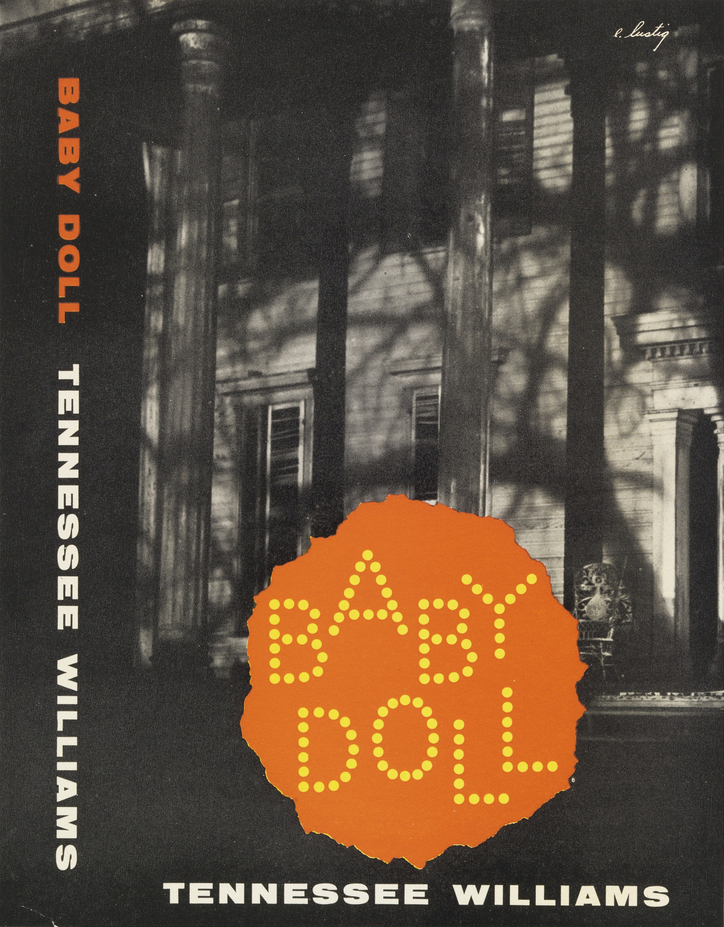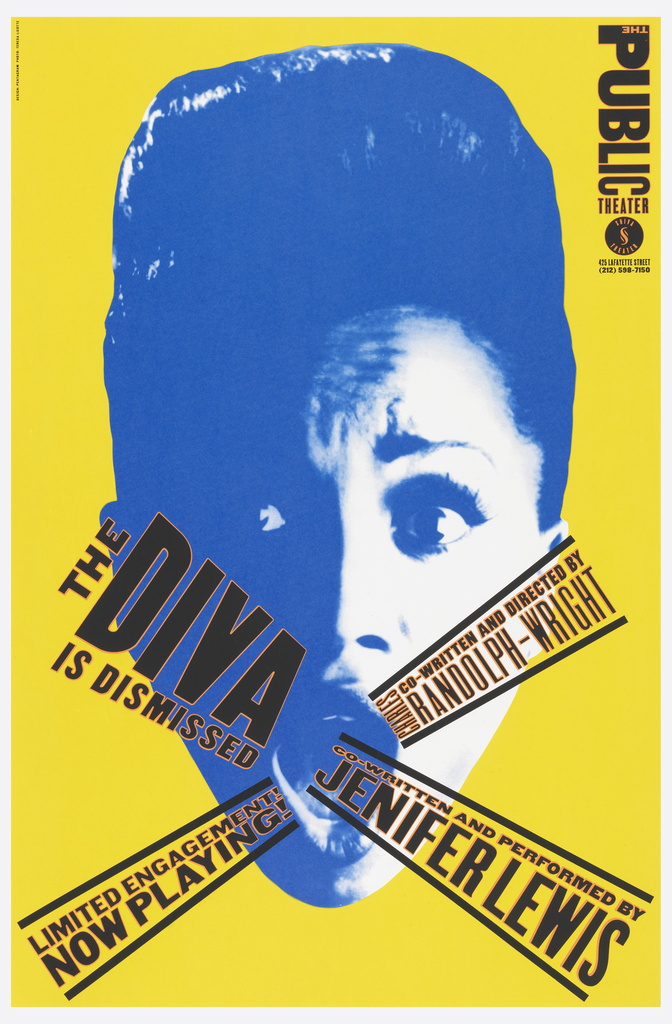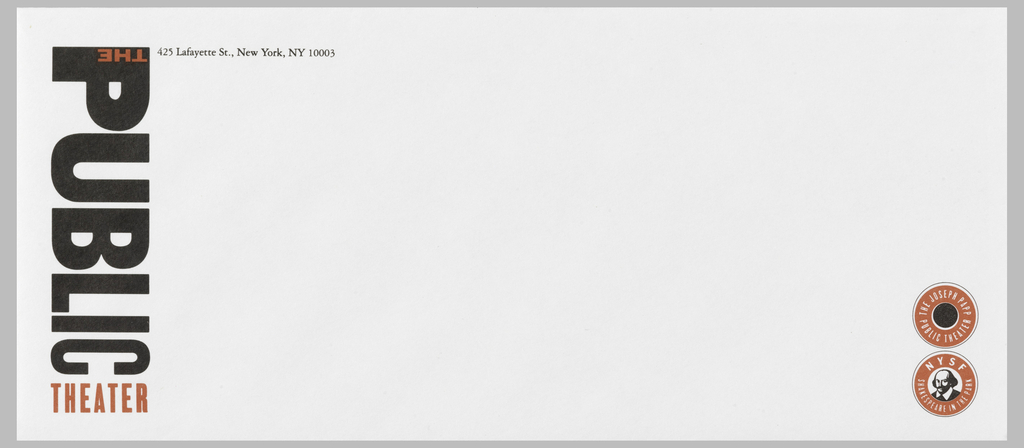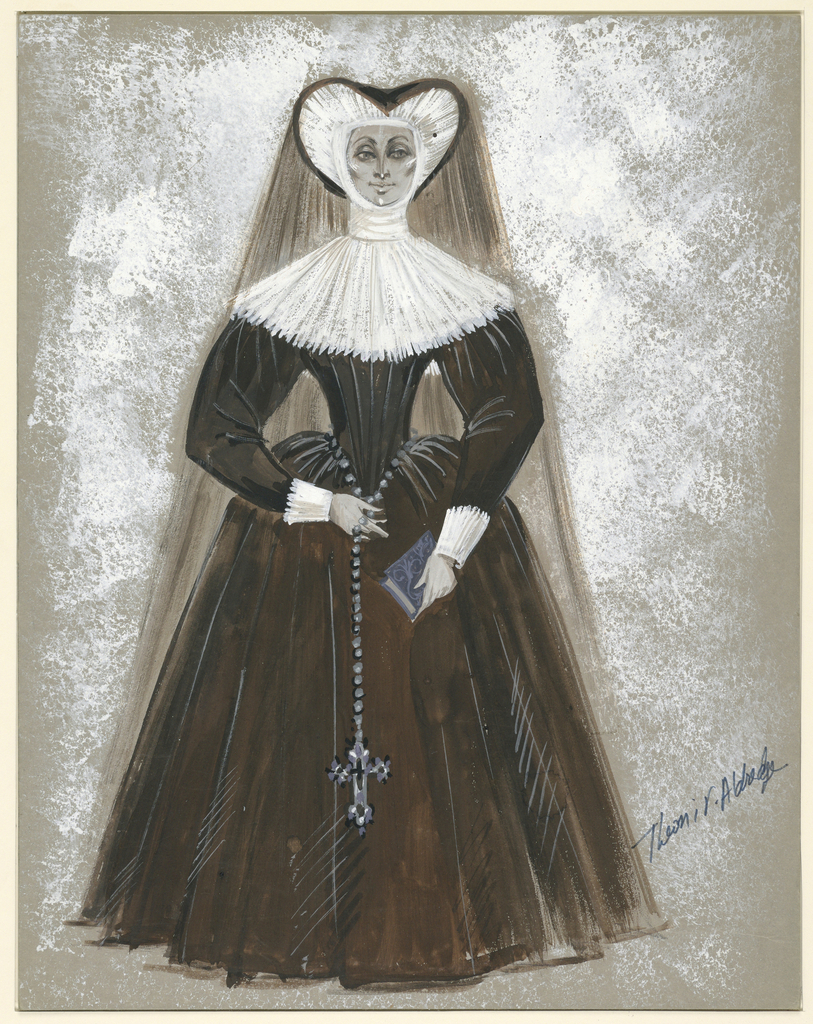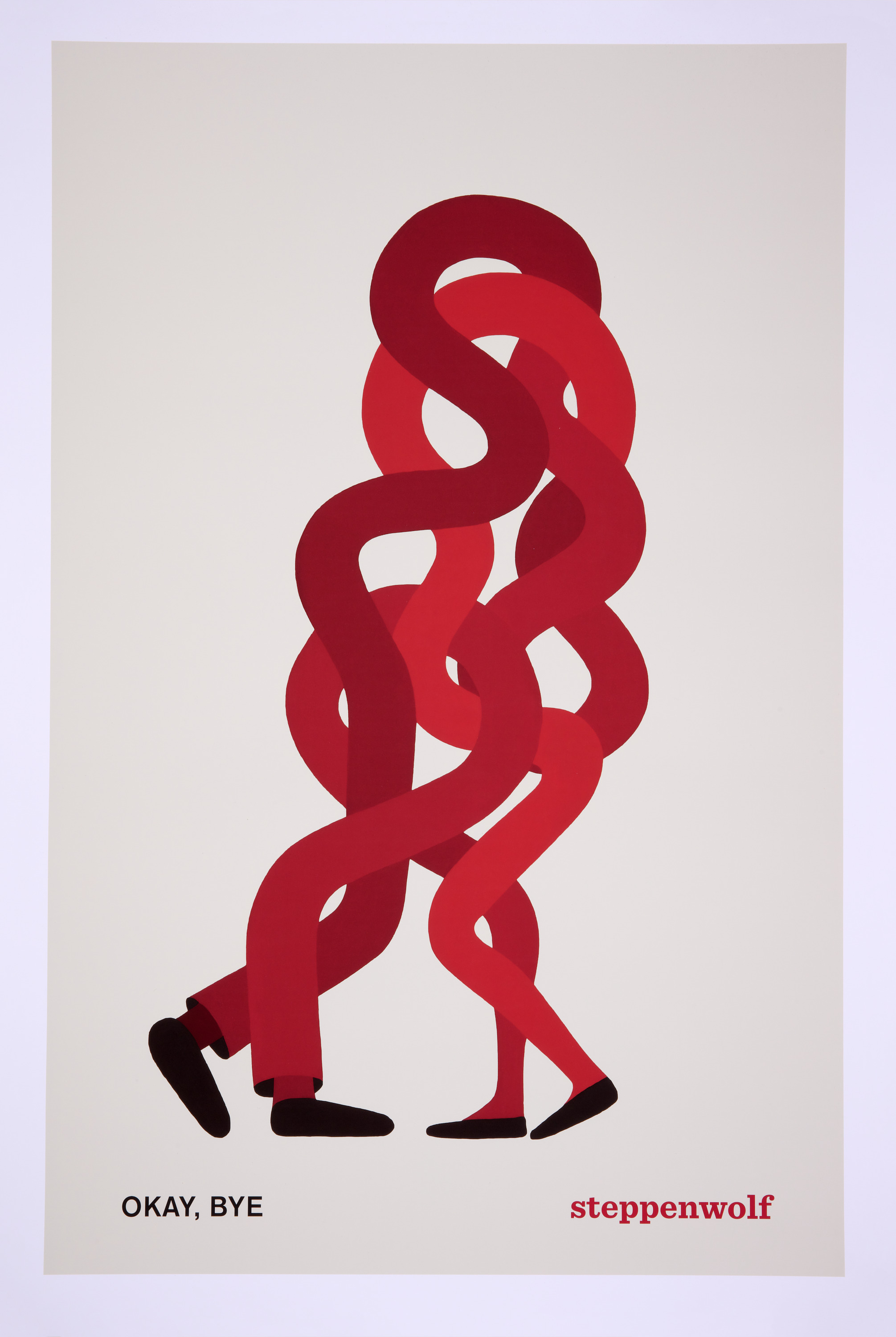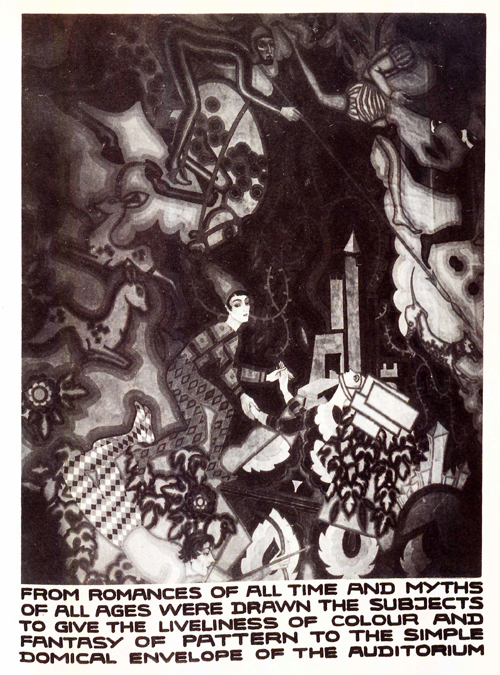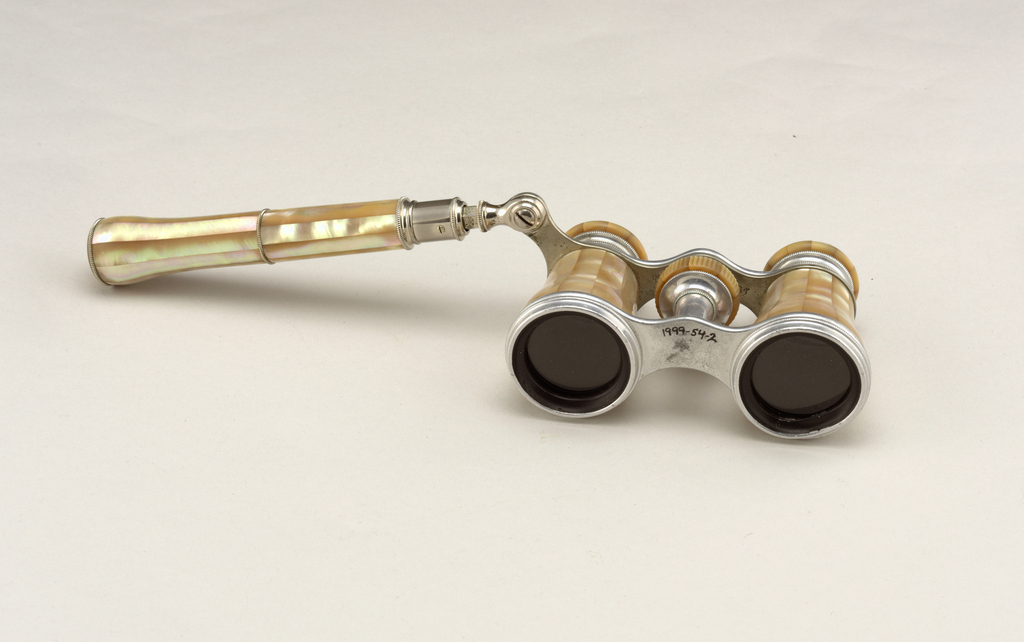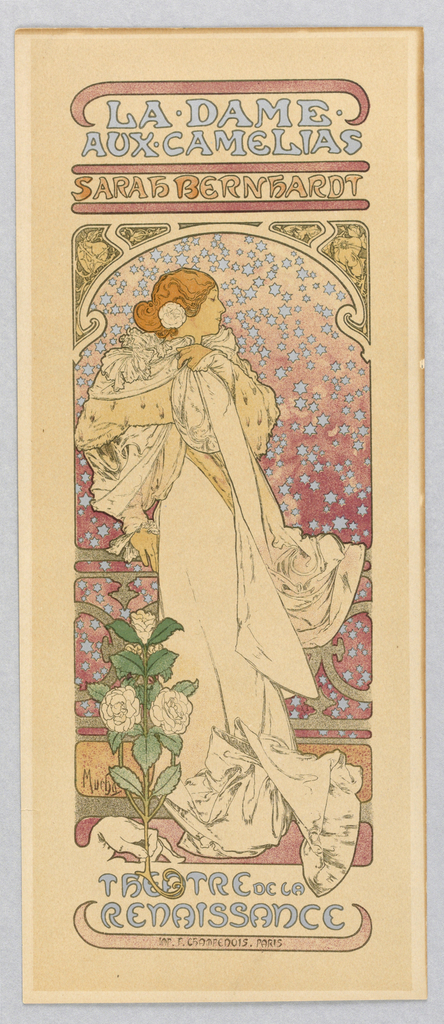Alvin Lustig and Elaine Lustig Cohen designed covers for many works by Tennessee Williams that employ type and image to build an emotional setting for the text.
Graphic design serves a powerful role in establishing the visual identity of theatrical performance. Cooper Hewitt’s collection offers highlights of graphic design for the work of Black playwrights and composers. Narratives addressing riots and rage; exploring triumph, history, and oppression; or featuring funk, soul, and divas interact with typography, image, and space to tell a...
Paula Scher’s identity for New York’s Public Theater has become the ne plus ultra of graphic design. When it was created in 1994, no one had ever seen anything quite like it. With its bold red and black typography, the logo combined letters of different sizes, weights, and spacing, running vertically down the side of...
In celebration of Women’s History Month, March Object of the Day posts highlight women designers in the collection. Theoni V. Aldredge designed costumes for the stage and screen with a career spanning six decades. At the height of her career, thousands of her fashions graced Broadway stages.[1] Aldredge was driven. After graduating from the American...
Graphic designer and visual artist Geoff McFetridge created this striking poster in 2015 to advertise the play “Okay, Bye” performed by the Steppenwolf Theatre Company in Chicago, Illinois. As with many of McFetridge’s designs, the poster uses bold colors and simple forms to communicate a visual riddle. Two pairs of black shoes distinguish the owners...
In last month’s Short Story, Ringwood Historian Sue Shutte cleverly drew parallels between the collections of Ringwood Manor and Cooper Hewitt, giving insight to the Hewitt family’s personal style. In this month’s short story—or more of a collection spotlight—we look at more passions of Sarah and Eleanor and how they emanate through Cooper Hewitt’s collection:...
Elizabeth Broman discusses Joseph Urban's theatre design. His murals for the Ziegfeld Theatre are now on view in The Jazz Age: American Style in the 1920s.
Between 1861 and 1875, French architect Charles Garnier designed the new Paris Opera House. With its heavily ornamented Second Empire Baroque style exterior and its sumptuous and ornate interiors, Garnier successfully designed a new cultural hub for the French social elite. However, Garnier’s design goes well beyond style. Garnier carried out careful and extensive studies...
The Belle Époque was an explosion of optimism and cultural innovation and artistic endeavours. The Belle Époque, lasting from the 1870s up to WWI, was at its height in Paris during the 1890s and 1900s. It was a great time for art and theatre, and they converged to great success at the Theatre de la...
Why? The first purpose-built home of the Norwegian Opera and Ballet is both a bridge and anchor for the Oslo community. As part of the first phase of an extensive transformation of the waterfront, the Opera is a monumental gateway to the harbor. Its most distinctive feature is a white marble roof that serves as...
